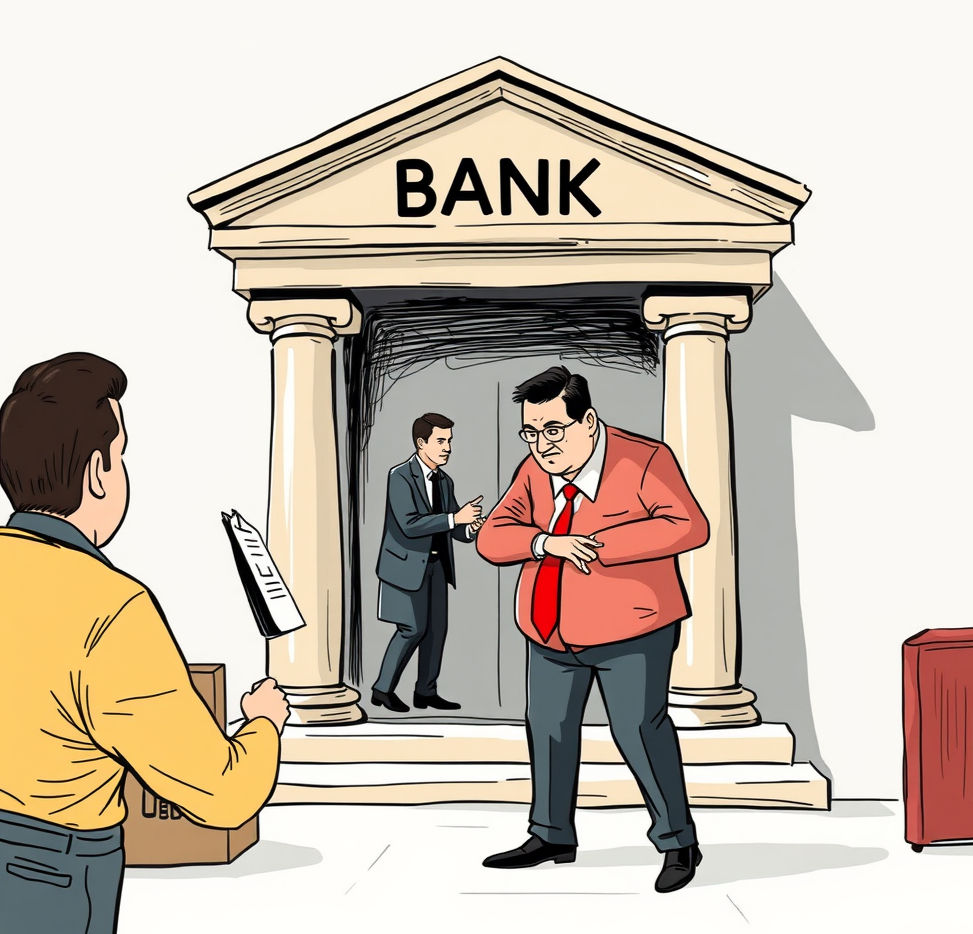MEDIA AND THE CONSTITUTION
- Lets Learn Law
- Aug 21
- 4 min read
ABSTRACT
The media, also known as the "fourth estate" of democracy, works in tandem with the legislative, executive, and judiciary to maintain democratic values. It serves as a watchdog, ensuring openness and accountability while also empowering citizens by disseminating information, affecting public opinion, and exposing injustice. Freedom of speech and expression, guaranteed by Article 19(1)(a), is the cornerstone of press freedom, which is necessary for open discourse and the protection of individual rights. The media connects the government with the general public, boosting marginalized voices and advancing justice. To fulfil its function in building democracy and reinforcing constitutional ideas, it must adhere to ethical norms, stay objective, and maintain accuracy.

INTRODUCTION
The relationship between media and the Constitution is fundamental to a country's democratic fabric. The media, frequently referred to as the people's voice, is an effective medium for communication, information transmission, and public opinion influencing. In a democracy, the Constitution serves as a guiding framework, allowing the media to function freely while adhering to ethical and legal standards. This connection is critical because it enables the media to operate independently, keeping the people informed and the powerful accountable.
The Indian Constitution provides freedom of speech and expression, which is the foundation of press freedom. At the same time, it puts constraints in order to strike a balance between individual rights and common societal interests. The relationship between media and the Constitution has developed dramatically throughout time, reflecting societal, governmental, and technological changes. This investigation offers light on how the media helps to foster democratic values and how the Constitution protects both their freedom and obligations.
In Lovell vs City of Griffin- In Lovell v. City of Griffin, the United States Supreme Court ruled that free press extends beyond traditional newspapers and periodicals. It also includes brochures, leaflets, circulars, and any other media used to share information and viewpoints. This broad understanding emphasizes that the right to convey ideas in whatever medium is central to press freedom. The verdict underscores the importance of all kinds of publication in promoting discourse and defending democratic values. By preserving these rights, the decision reinforces the press's vital role in informing and empowering the public.
CONSTITUTION PROVISIONS RELATED TO MEDIA
1. Freedom of Speech and Expression (Article 19(1)(a):
The Indian Constitution ensures every citizen's right to free speech and expression. This clause is the foundation of media freedom in India, allowing journalists and media outlets to share information, criticize policies, and bring those in power to account. Although the Constitution does not expressly mention "freedom of the press," the judiciary has consistently construed Article 19(1)(a) to include it.
The courts have underlined the importance of press freedom in maintaining a dynamic democracy. In Romesh Thappar v. State of Madras (1950), the Supreme Court acknowledged the press's crucial role in guaranteeing the free flow of information, which is required for public awareness and informed decision-making.
Similarly, in Bennett Coleman & Co. v. Union of India (1973), the Court found that state involvement in media activities is a violation of press freedom under Article 19(1)(a).
2. Reasonable Restrictions Article 19(2):
Freedom of speech and expression is a fundamental right, yet it is not absolute. Article 19(2) places reasonable constraints on free expression in order to reconcile individual liberty with collective communal objectives. These limits aim to protect public order, decency, morality, sovereignty, and national security, among other things.
For example, in Sakal Papers v. Union of India (1962), the Court found a government-imposed limitation limiting newspaper circulation unlawful.
However, in Hamdard Dawakhana v. Union of India (1960), the Court upheld the ban on misleading advertisements, noting the necessity to protect the public interest. Such verdicts demonstrate how the judiciary ensures that free expression be used properly, without jeopardizing community ideals or individual dignity.
3. Right to Information (RTI Act, Article 21):
The Right to Information (RTI) Act of 2005 is a watershed moment that protects media freedom by encouraging transparency and accountability in government. While the RTI Act is a statutory framework, its origins can be traced back to Article 21 of the Constitution, which guarantees the right to life and liberty. The judiciary has linked the right to information to citizens' fundamental rights, arguing that access to information is necessary for an informed electorate.
In State of Uttar Pradesh v. Raj Narain (1975), the Supreme Court ruled that the right to know is a fundamental right under Article 19(1)(a). The Court highlighted that transparency is essential for a healthy democracy.
CONCLUSION
The Indian Constitution establishes a strong framework for media freedom while maintaining responsibility through fair constraints. Article 19(1)(a) permits the press to spread information and promote public debate, making it an essential component of democracy. At the same time, Article 19(2) ensures that this freedom does not jeopardize community interests by balancing individual rights and collective welfare. The judiciary has played an important role in maintaining these norms, which link transparency and access to information to fundamental rights. The Constitution protects media freedom and promotes ethical responsibility, ensuring that the media remains a cornerstone of democratic governance and public empowerment.
This article is authored by Nureen Fathima. She was among the Top 40 performers in the Cyber Law Quiz Competition organized by Lets Learn Law.




Comments